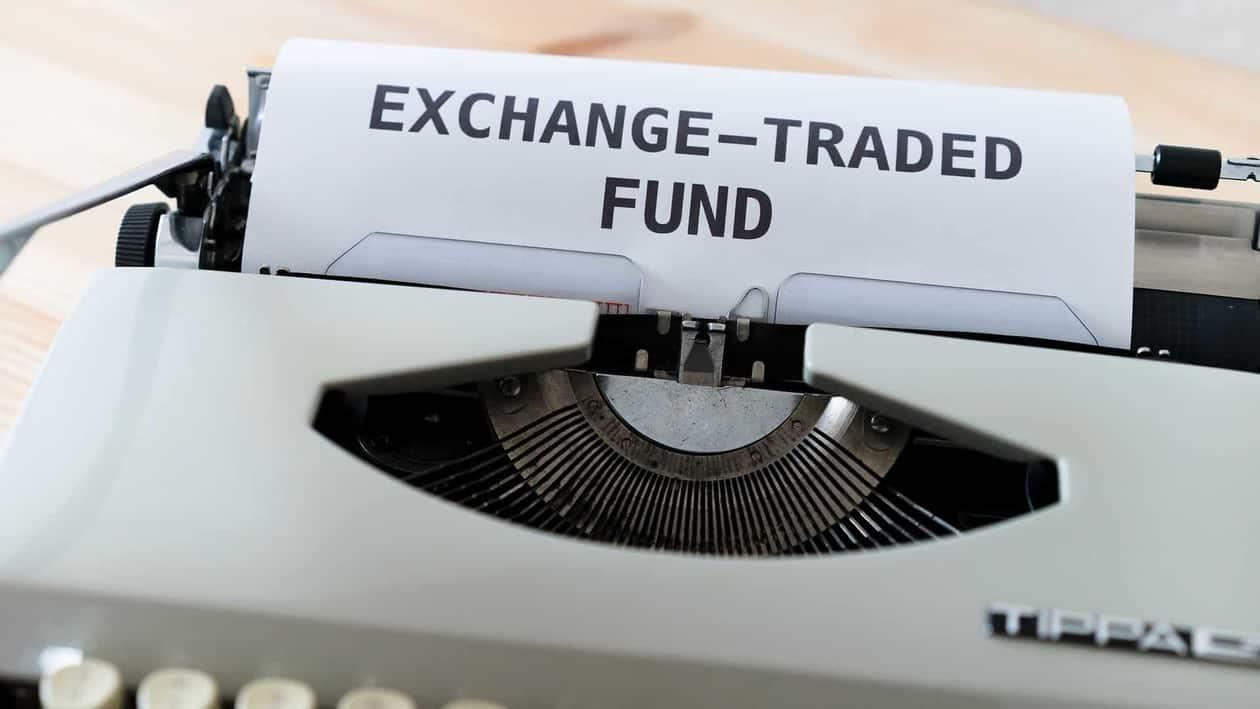Trading, buying, selling and purchasing commodities can be overwhelming for beginners. It’s natural to get confused after witnessing a wide array of opportunities that are offered in the market on a daily basis.
As a result, small investors look for safer bets in such investment options as ETFs which are a blend of stocks that are available in small tradeable units just as stocks.
ETFs track a specific index or asset, as opposed to traditional stock. A stock exchange accepts them exactly like any other type of stock. An ETF can be structured to track anything, from a single commodity's price to a large and diversified group of securities, depending on its structure. There are various instances where ETFs can be constructed to track specific investment methods.
Let us take a look at different types of ETFs offered in the market.
Stock ETFs
Stock ETFs track a single industry or sector by holding a basket of equities. For example, the ETFs that invest in automotive or international equities to deliver a diversified experience of a single industry comprising both strong achievers and new entrants with development potential. Equities ETFs feature lower costs than equity mutual funds and do not require actual ownership of securities.
Bond ETFs
Investors use bond ETFs to generate a monthly income stream. A bond's performance determines its revenue distribution. Some of the most common types of municipal securities include government bonds, corporate bonds, state and local bonds. ETFs that hold bonds do not have a maturity date, unlike the underlying securities. Their price is usually higher or lower than the bond's true value in most cases.
Currency ETFs
Exchange-traded funds (ETFs) that monitor the performance of currency pairs, consisting of domestic and foreign currencies, are called currency exchange-traded funds. Currencies ETFs offer a variety of functions. A country's political and economic developments can be used as a basis for speculating on the price of a currency.
Importers and exporters also use them to diversify their portfolios or as a hedge against volatility in the FX markets. A few of them are also employed to protect against inflation.
Inverse ETFs
The purpose of inverse ETFs is to profit from stock losses by selling stocks. In shorting, you sell a stock in anticipation of a decrease in value, then buy it back at a lower price. Shorting a stock with the help of derivatives is possible with an inverse ETF. They are essentially bets that the market will fall.
ETF with an inverse investment strategy improves in value proportionately to a market fall. Inverse exchange-traded funds (ETFs) are often exchange-traded notes (ETNs), not actual ETFs, which investors should be aware of. As a bond, an ETN also trades like a stock and is backed by a bank.
Industry ETFs
A sector or industry ETF is a mutual fund that focuses on a particular industry or sector. Such a fund would contain, for example, energy-related businesses. By following the performance of companies in that industry, industry ETFs are designed to provide exposure to the upside of that particular industry.
The IT sector has seen a recent influx of capital. To counteract the drawback of erratic stock performance, ETFs don't directly hold securities. During economic cycles, industry ETFs are frequently used to move between sectors.
Here are some key points to remember regarding ETFs
- ETFs are actually just a bunch of securities that can be traded just like regular stocks in the market.
- The prices of ETFs fluctuate during the entire trading day.
- Investing in ETFs includes equities, commodities, and bonds. Since ETFs have low expense ratios, they are less expensive to acquire than individual equities.
Investment in ETFs has become relatively straightforward due to the availability of a variety of platforms for traders to choose from. Forex traders can buy and sell ETFs using online brokers as well as traditional brokerage firms. Investing in exchange-traded funds (ETFs) might be a good way to diversify your portfolio. ETFs play a significant role in market volatility and flash collapses.
